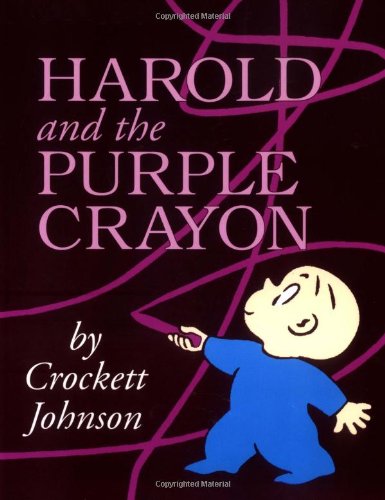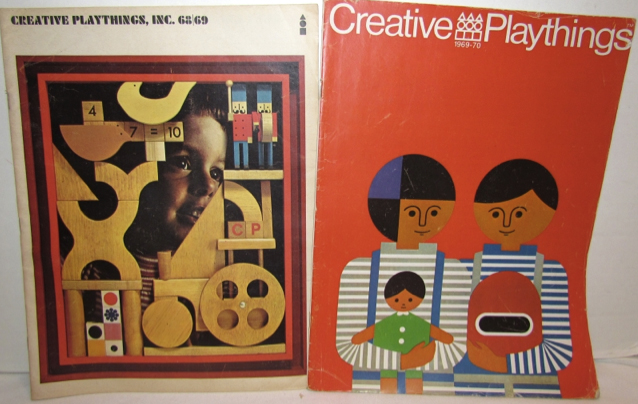"Hope Is An Active Verb": Brenda Laurel Revisits Computers as Theatre (Part One)
/Brenda Laurel's Computers as Theatre was one of the few truly transformative books to emerge in the heady early days of the "digital revolution," demanding that we think of the computer as posing a series of creative problems that might best be address through the lens of the dramatic arts rather than purely technical problems that remain in the domain of the computer scientists. In a new edition released this month, she revisits that classic text in light of her rich and diverse experiences as a designer, educator, and entrepreneur. The resulting work looks backwards, at how far we have come towards transforming the computer into a new expressive medium and looks forwards to the technical and cultural problems we still need to resolve if we are going to produce a diverse and sustainable digital culture in the years ahead. I have been lucky enough to have had Laurel as a friend throughout my professional career and especially to be able to watch her journey with Interval Computing and Purple Moon games, where she broke new ground in seeking to broaden who played computer games, what kinds of experiences games offered, and what this new expressive media could accomplish. Justine Cassells and I documented some of her core insights in From Barbie to Mortal Kombat: Gender and Computer Games and we were with her shortly after Matel acquired and pulled the plug on the whole Secret Paths franchise. But, the story is perhaps best told through Brenda's own book, Utopian Entrepreneur, which I still turn towards when I seek inspiration about the value of doing interventions into the creative industries as a vehicle for promoting one's own personal and professional agendas. Laurel's insights predicted much that has happened in the games industry since, including the success of The Sims, which in many ways followed her template, the growth of transmedia entertainment which she helped to model, and the expansion of the female market around casual games.
Brenda Laurel has been and remains an important voice -- in many ways, the conscience of the digital industries -- and so it is with enormous pride that I share with you this exchange conducted online over the summer. Here, she reflects back on where we have been in digital theory and expression and speculates on some directions forward.
Reading back through this, I was struck by curious parallels between your work in Computers as Theatre and what Sherry Turkle was writing about in The Second Self around that same period. Both of you were trying to understand something of the mental models people brought with them to computers, even as you were asking questions that operated on different levels. What relationship do you see between these two key early works of digital theory?
Neither of us could have foreseen the firestorm of FPSs, social networks, and tiny interactions on tiny screens. In a way, I think that Sherry spoke a note of caution which I am trying to make actionable by suggesting that it’s not that these things exist, but to what use they are put (and how designers think about them) that can make them good for us or not (or somewhere in between). The relationship between the books may have been that we were each looking at the coming wave of technology as something fundamentally about humans, our social and developmental and cultural contexts.
Humans extrude technology. It is part of us. We are responsible for it. Each generation of the last 10 has had a new technology to deal with, to set norms about, to learn about appropriate usage. Parents and schools can help with media literacy—this would fit well into a Civics class, if we still had those.
As the topology of social networks complexifies, so do the opportunities and risks. I remember sitting with our girls in the age of television advertising and asking them, what are they trying to sell you? How are they trying to do it? Now they ask others the same questions as casual media critiques.
As I sat down to re-read this book, I was struck by the fact that I had no problem accepting the premise that what Aristotle had to say about drama might be valuable in thinking about what we do with computers (a theme upon which I gather you had some push back at the time the book was first published) but I had more difficulty wondering whether something written so early in the history of digital media would have anything to say to contemporary designers. It did, but the fact that this question surfaced for me leads me to ponder, what does this say about the nature of media change over the two decades since you first published this book?
It’s gratifying to me that many folks have worked on ideas in that first book and have made some progress, even recently. The largest excursions in the new edition are probably those about using science more robustly to model interaction. I’ve also emphasized the combined causal factors in multiplayer games and social media. Pointing back to your first question, I think that governance and civility are still essentially unsolved problems in this new world. I included Pavel Curtis and Lambda MOO in the new edition because there was such a valiant effort to figure out governance. I suspect that the lack of civility in multiplayer spaces today (especially in terms of sexual harassment) has something to do with the general lack of civility in our national character at this moment in time. But it also has to do with the designer’s role in framing and normalizing civil relations among multiple participants. There are great opportunities in this regard that might well channel back to our national discourse.
As I fan, I appreciated your rant about J. J. Abrams, Lost, and of course, Star Trek. What do you see as the limits of his “magic box” model for thinking about how to generate interests around stories? What alternatives do you think a more drama-centered approach offers?
As far as JJ says, his Magic Box has never been opened. That’s a problem for starters. If he wants to keep a virgin souvenir, great. But thoughtful plotting does not come out of thin air (or a closed box). Pleasing dramatic structures do not arise ad hoc. To the extent that character is a material cause of plot, the damage JJ has done to Spock and Uhura is unforgivable. It’s like throwing out some of the enduring stock characters in a Commedia piece. Spock stood for pure (if tortured) intellect; overtly sexualizing him was not a good thing for the Star Trek mythos. Transforming Uhura from a kick-butt, competent female officer into a romance queen (whose phasers don’t work as well as a man’s) fundamentally changed the ethos of the character as well as the mythos. That’s like saying that Oedipus held his temper at the crossroads and lived happily ever after with Mom.
A more drama-centric approach offers the pleasures of a well-structured plot, including catharsis. For enduring characters and ‘properties’ (e.g., The Odyssey), some core of dramatic tension already exists in the potential of the myth, and it can be spun out into many stories without exhausting its potential to deepen our relationships with the characters, their actions, and their universe.
Brenda Laurel has worked in interactive media since 1976 as a designer, researcher, writer and teacher in the domains of human-computer interaction and games. She currently serves as an adjunct professor in Computer Science Department at U. C. Santa Cruz. She served as professor and founding chair of the Graduate Program in Design at California College of Arts from 2006 to 2012 and the Graduate Media Design Program at Art Center College of Design in Pasadena (2001-2006) and was a Distinguished Engineer at Sun Microsystems Labs (2005-2006). Based on her research in gender and technology at Interval Research (1992-1996), she co-founded Purple Moon in 1996 to create interactive media for girls. The Art of Human-Computer Interface Design (1990), Computers as Theatre (1991), Utopian Entrepreneur (2001), Design Research: Methods and Perspectives (2004), and Computers as Theatre: Second Edition (2013).










